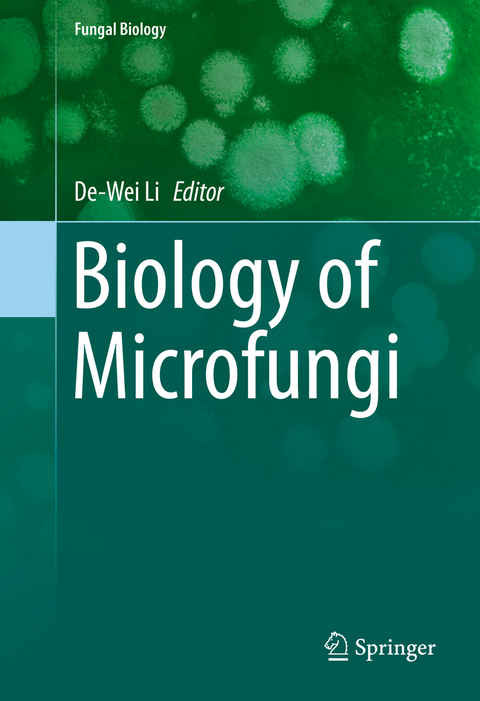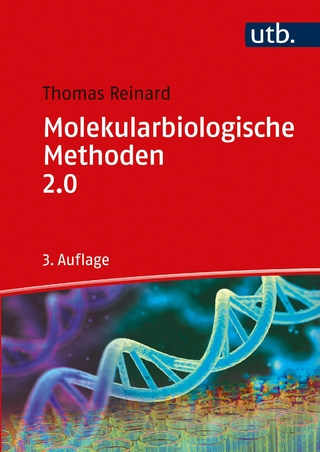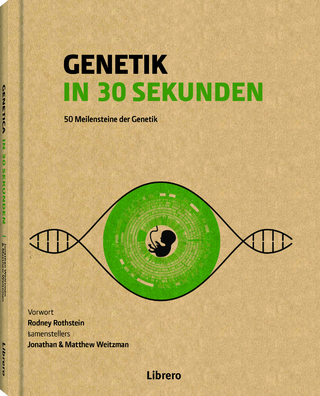
Biology of Microfungi
Springer International Publishing (Verlag)
978-3-319-29135-2 (ISBN)
De-Wei Li, Ph.D. Research Mycologist The Connecticut Agricultural Experiment Station Valley Laboratory Windsor, CT USA Dr. Li is a leading scholar in microbiology related to fungi and a is lecturer at Yale University.
What are microfungi (Introduction)?.- Fungal nomenclature changes and its significance to fungal taxonomy and naming of microfungi.- DNA sequencing and development of fungal systematics.- Conidiogenesis and phylogenetic relationships of anamorphic fungi.- Molecular techniques and microfungi biodiversity studies.- What roles played by microfungi in nature (Microfungi, plants and our planet)?.- Symbiotic relationship of microfungi and plants.- Endophytic fungi of woody plants.- Diversity of Hyphomycetes in soil.- Airborne microfungi and their strategies and mechanisms of release and dispersal.- Microfungi in indoor environments.- Marine fungi, an under-charted territory.- Aquatic fungi and their role in ecosystem.- Anamorphs of Basidiomycetes (Polyporaceae).- Mycotoxins and secondary metabolites produced by microfungi.- Microfungi with medicinal properties and their roles in pharmaceutical research.- Allergenic and pathogenic microfungi and human health.- Microfungi and food/vegetable and food products (soy sauce, bread, cheese, jiaobai, miso, Tempeh, doufuru, mantou, baozi,).- Microfungi and fermentation (alcoholic beverages).- Green life style with microfungi - composting.- Microfungi-can these fungi be an alternative source for biofuel?.- Pollen, pollinators and fungal dispersal.- Enzymes produced by microfungi and their industrial significance (Biotechnology, microfungi and industrial applications).- Recent major plant diseases caused by microfungi.- Bat white nose syndrome and diminishing populations of bats in the USA.- Wood blue stain fungi and their significance.- Biocontrol of phytopathogens, insects, nematodes, and weeds using microfungi. List of Contributors (Most have confirmed) A. Elizabeth Arnold, University of Arizona, Tucson, AZ, USA Adnan Uzunovic, Taiga Forest Health, Durability and Protection, Vancouver, BC, Canada Bärlocher F, Mount Allison University, Sackville, New Brunswick, Canada Behr, M., New York Department of Health, Albany, NY, USA Blehert, D. S., National Wildlife Health Center, Madison, Wisconsin, USA Buckles, E. L., Cornell University, Ithaca, NY, USA Chin Yang, Prestige EnviroMicrobiology, Voorhees, NJ, USA Darling, S. R., Vermont Fish and Wildlife Department, Rutland, VT, USA David Bass, University of Oxford, UK David Hibbett, Clark University, Worchester, MA, USA Deborah Waters, University College Cork, Ireland Dian-Qing Yang, FPInnovations, Quebec, Canada Donat Magyar, Head of Department at National Institute of Environmental Health, Department of Aerobiological Monitoring, Hungary Eric McKenzie, Landcare Research Manaaki Whenua, Lincoln, New Zealand Gary Peng, Agricultural and Agri-Food Canada, Saskatoon, Saskatchewan, CA Glaucia M. Pastore, State University of Campinas, Campinas, Brazil Guy Leonard, The Natural History Museum, London, UK James Scott, University of Toronto, Ontario, CA John Klironomos, University of Guleph, Ontario, Canada Kevin Hyde, Mae Fah Luang University, Muang District, Thailand Liming Xia, Institute of Bioengineering, Zhejiang University, Hangzhou, China Meredith D.M. Jones, School of Biosciences, University of Exeter, UK Summerbell Richard, Sporometrics, Toronto, Ontaro, CA Tony Byrne, National Resources Canada, Victoria, British Columbia, Canada Wenping Wu, R&D Director & Deng Jun, IPR Manager, Novozymes China Xingzhong Liu, State Key Laboratory of Mycology, Chinese Academy of Sciences, Beijing, China Yong Wang, Texas A&M University, College Station, TX Yucheng Dai, Institute of Microbiology, Beijing Forestry University, Beijing, China Zheng Wang, Yale University, New Haven, CT, USA
"Each chapter is extremely well documented, and many include excellent photographs. This compendium is a valuable source of current information on a wide range of mycological research topics applicable for professionals in numerous fields. ... The volume is imperative because many works about fungi typically do not focus on microfungi. The title should be available in college and university libraries that support teaching and research in the biological sciences. Summing Up: Recommended. Upper-division undergraduates through professionals and practitioners." (K. M. Foos, Choice, Vol. 54 (2), October, 2016)
"The whole is well-edited and presented, and it was pleasing to see coloured illustrations in the chapters ... . Allmajor mycological libraries will benefit from a copy ... ." (IMA Fungus, Vol. 7 (1), June, 2016)
| Erscheinungsdatum | 08.10.2016 |
|---|---|
| Reihe/Serie | Fungal Biology |
| Zusatzinfo | XIV, 650 p. 101 illus., 93 illus. in color. |
| Verlagsort | Cham |
| Sprache | englisch |
| Maße | 155 x 235 mm |
| Themenwelt | Naturwissenschaften ► Biologie ► Genetik / Molekularbiologie |
| Naturwissenschaften ► Biologie ► Mikrobiologie / Immunologie | |
| Naturwissenschaften ► Biologie ► Mykologie | |
| Schlagworte | biodiversity • Biomedical and Life Sciences • Ecology • Environment • Fungi • Microbiology • Mycology |
| ISBN-10 | 3-319-29135-1 / 3319291351 |
| ISBN-13 | 978-3-319-29135-2 / 9783319291352 |
| Zustand | Neuware |
| Haben Sie eine Frage zum Produkt? |
aus dem Bereich


